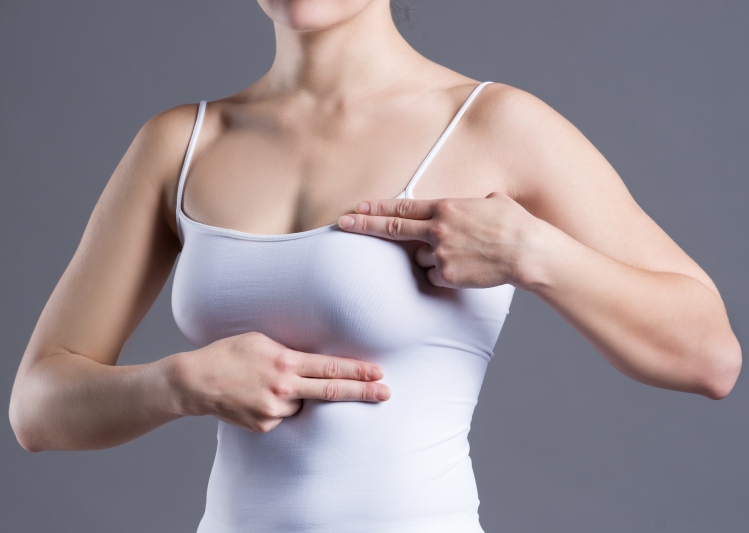Techniques for Monthly Self Breast Exams
In a time when cancer prevention is more important than ever before, women all over the world are doing everything they can to protect their health. Most gynecologists and the American Cancer Association recommend women do monthly self breast exams beginning at the age of 20, throughout the rest of their life.
Doctors suggest these exams because they say when women regularly examine the area, they become more aware of what’s normal and what’s new. Any changes (masses, lumps, appearance) are often easily detected by women who do monthly self breast exams. Detecting these changes is important, as changes can be early signs of cancer. It’s important to say, most of the time changes don’t necessarily mean you have cancer. But, all changes should be reported promptly to your doctor.
When should you perform self breast exams?
It’s a good idea to perform your self breast exams at the same time each month. Some women go through the routine the week after their period, when their breast area is not swollen or tender. Those who no longer have periods can set a date, such as the 1st of the month and do the examination every month on that particular date.
How to do a self breast check:
Step 1: Stand in front of a mirror (shirtless/braless) with your arms at your sides. Look at your chest to see if any changes should be noted. Then, stand with your hands on your hips and look for changes. Lastly, raise your arms and flex your chest muscles, looking for changes.
Step 2: Check out the appearance of your breasts, looking for changes in contour, swelling, dimpling of the skin and the nipple. Most women don’t have “matching breasts” and will notice changes from one to the other. But, you will know what’s normal for you and what’s not.
Step 3: Use the pads of your fingertips to firmly (no pain should occur) on your breast area. Check your entire breast and armpit. You can use a circular motion, an up-and-down motion or a wedge pattern motion. Whatever motion you choose, be sure to use the same one each month on both breasts. Use whichever one is easiest for you to remember.
Step 4: Lay down and start with the right breast. Put a pillow under your right shoulder and place your right hand under your head. Do the same fingers motion and procedure on the breast again, which you did standing up. Repeat for the left breast, checking all tissue during the screening.
Step 5: In a gentle way, squeeze each nipple and report any discharge which may occur immediately to your doctor.It’s important to see your doctor for exams each year and follow their recommendations on getting a mammogram to check the breast area and lymph node areas. Remember, even if you have a lump diagnosis, it’s likely it’s benign and rarely will turn out malignant.

